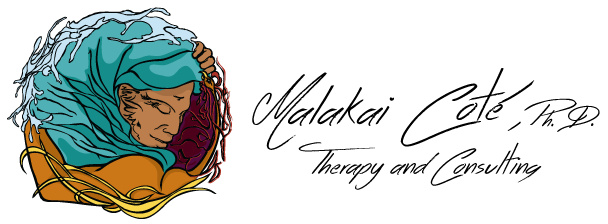Psychotherapy can bring up a variety of feelings, thoughts, and memories. The time in-between therapy sessions continues to set the groundwork for healing and change. For some folks, it may be beneficial to create a Therapy After Care Plan. The information presented below are merely suggestions for you to consider as you engage in psychotherapeutic processes. There are a number of growth and healing possibilities in-between psychotherapy sessions.
Right After The Session
Integrate and Decompress. Use the time after your therapy session to collect your thoughts and feelings. After the session, you may wish to jot down major points and insights to further explore. Additionally, if you drive to the therapy appointment, it may be useful to take a few moments to mindfully sit in your car before departing. The more time and space that you provide to integrate emotional experiences, skills, and insights, the more space you allow for growth, healing, and change. You may also want to utilize the drive home to continue to decompress. Some people may enjoy listening to soothing music, or if weather permitting, rolling down the windows in your car and feeling the air on your face. It may be helpful to focus on soothing body sensations and sounds.
Use Cleansing Metaphors. Some folks like to use metaphors when thinking about healing. Personally, I find water to be cleansing and clarifying. After the session, it may be helpful to wash your hands and face with the intention of emotionally clarifying and cleansing your skin. You may “wash away” emotionally toxic things that may have surfaced in the therapy session. Afterwards, applying a lotion and gently massaging your hands may also provide self-soothing comfort and restore the moisture balance or, metaphorically speaking, the emotional balance.
Engage in physical movement. After sitting in therapy for an hour, it can often be helpful to engage in intentional and active physical movement. Examples may include the following: going on a short personal walk, going on a dog walk, shooting hoops, engaging in light stretching or yoga. If you experience movement limitations, seated stretching can also be helpful. The purpose of the movement is to bring mindfulness to movement and to continue to allow emotions to be processed through the body. Massage therapists typically suggest that after a massage, people drink water to help to flush out toxins that may have been released during the massage. Similarly, psychotherapy could be considered an emotional and psychological massage in which further processing may be necessary to continue to move the heightened emotional experience. Give yourself time to engage in intentional and mindful physical movement.
Throughout the Week
Gain support from trusted friends and family. Connect with trusted friends and family to receive additional support and care from your community.
Review goals and intentions for the week. If you created specific goals after the therapy session, allow yourself time to reflect and implement those plans. You may post reminders in your place of residence, write notes to place in a wallet or handbag, or, if you have access to a mobile phone, set reminders on your phone. Find ways to bring loving attention to your growth goals.
